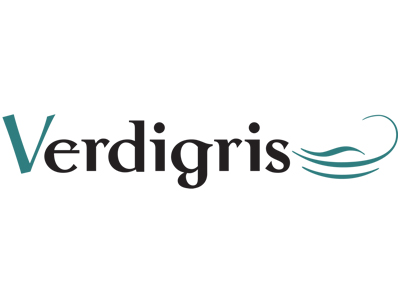It’s official (almost). Single use plastics are to be banned in the European Union (EU) by 2019, at least they are where sustainable and affordable alternatives exist. The proposal is still subject to a vote, however if approved, which is likely, it will affect ten such products including plastic cotton buds, cutlery, plates, straws, drink stirrers and sticks for balloons. These items will have to be made from more sustainable materials instead, such as paper and wood. Of greater interest to the graphics industry is the somewhat challenging requirement for plastic single-use drinks containers, which are often printed. The rule says “single-use drinks containers made with plastic will only be allowed on the market if their caps and lids remain attached”. There are also plans afoot to require EU member countries to collect 90% of used plastic bottles by 2025, presumably based on production volumes.
Producers and national governments are also required to raise awareness of the polluting nature of food containers. This includes packets and wrappers, drinks containers and cups, wet wipes, balloons, lightweight plastic bags, and cigarettes which contain filters. Producers are expected to charge more for goods packaged in plastic, in order to recoup the cost of compliance with the new rules. They, along with national governments, will be required to raisie consumer awareness of the problem of single use plastic litter and its negative environmental impact. This is expected to avoid 3.4 million tonnes of CO2e and environmental damage estimated to cost €22 billion by 2030. Consumers should also save €6.5 billion, but the EU doesn’t put a date on this.
The regulation changes labelling requirements: “certain products” will have to be labelled to explain the packaging’s nasty environmental impact. The presence of plastics in the package and the product such as for sanitary towels, wet wipes and balloons will also have to be communicated. The new labels must tell consumers how to dispose of the waste. This could be very difficult to generalise, however it creates an opportunity for variable data packaging and labels production, with different requirements for different regions and municipalities will have to be communicated.
For products without convenient alternatives to plastic, their use along with that of plastic cups and food containers, will be curtailed through design and labelling requirements and through national initiatives such as deposit schemes to reduce use and create a source of raw materials for the circular economy. The regulation also expects governments to come up with waste management and cleanup initiatives, and require packaging producers to contribute to waste handling including processing.
The EU estimates that along with lost and forgotten fishing gear, single use plastics account for 70% of marine litter. Across the globe the figure is 85% so clearly something needs to be done. The regulation may seem draconian, but the scale of the problem demands it. This will impact the relationship between brand owners and their print service providers, however it creates an opportunity for printers to come up with new business models based on waste control and management for their brand owners and other customers. Packaging producers also have a powerful incentive to come up with alternatives to the demon plastic.
– Laurel Brunner
This article was produced by the Verdigris Project, an industry initiative intended to raise awareness of print’s positive environmental impact. This weekly commentary helps printing companies keep up to date with environmental standards, and how environmentally friendly business management can help improve their bottom lines. Verdigris is supported by the following companies: Agfa Graphics, EFI, Fespa, HP, Kodak, Kornit, Ricoh, Spindrift, Splash PR, Unity Publishing and Xeikon.





